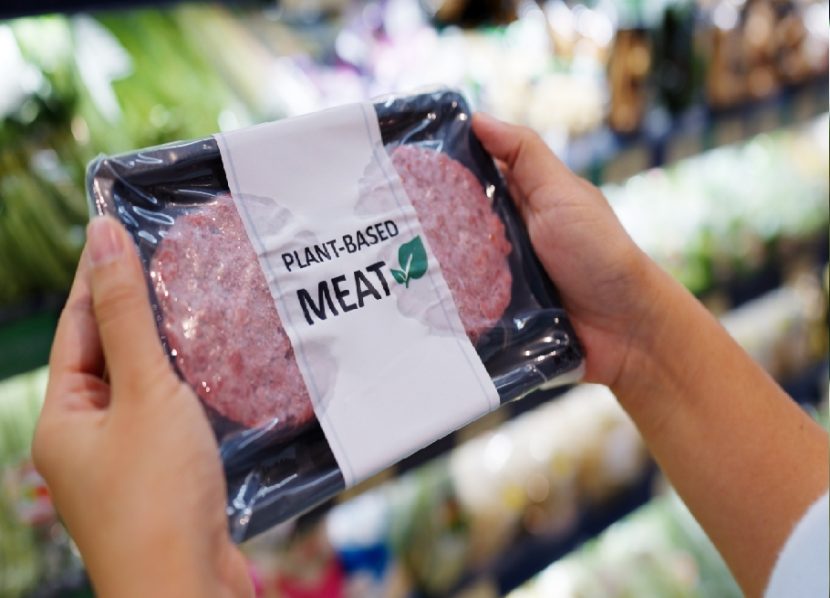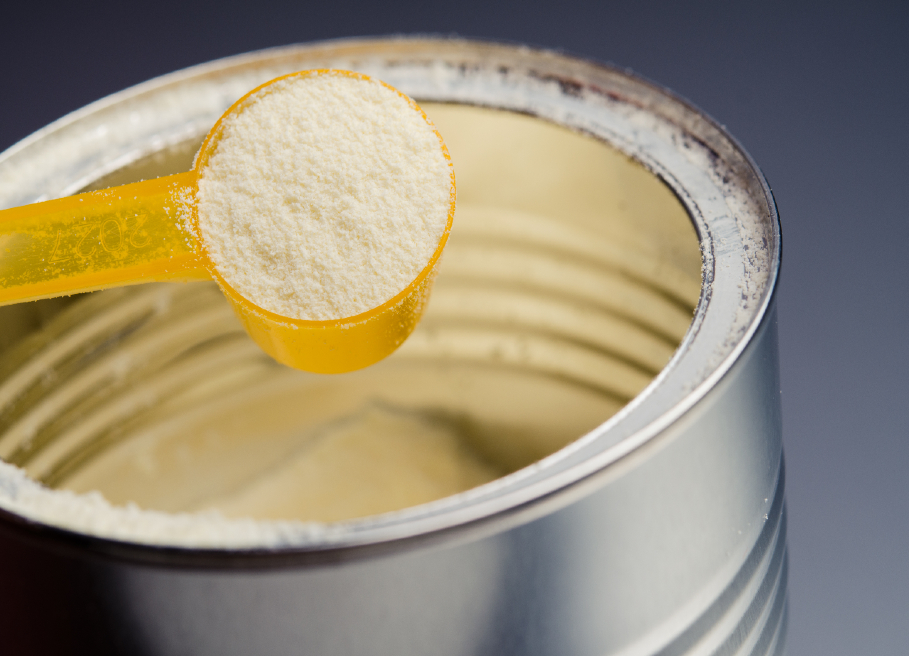How to Quickly Solve Unexpected Food Safety Issues for New Products
By Andrea Tolu
A major problem that food manufacturers face when developing new products is the lack of established safety and shelf-life practices. While traditional foods like juices and milk can rely on tried and tested microbial control measures, with newer formulations, those are often still a work in progress.
A new food product doesn’t have to be based on cutting-edge technology (e.g., cellular agriculture or molecular farming) to create unprecedented food safety issues. The simple addition of a novel ingredient may be sufficient to take food manufacturers into uncharted territory.
“The problem is particularly frequent with plant-based products,” says Bryan Quoc Le, PhD, a food scientist who works as a consultant for food companies. “For example, if you produce soya-based cheese, you won’t find a lot of established research about what pathogens might grow, the best heat treatment and preservation methods or how long you can store it. And you can’t use dairy cheese as a reference because it will behave in a completely different way.”
A new food product doesn’t have to be based on cutting-edge technology to create unprecedented food safety issues.
Heat treatment is, indeed, one of the unknowns in new product development. Although the FDA provides guidelines on the time and temperature necessary to inactivate bacterial pathogens, it warns they won’t work with all foods and processing conditions, as their efficacy ultimately depends on the combination of water activity, nutrients, pH, and other factors in a given food matrix. In new formulations, like plant-based foods, such combination may be new enough to require a shelf-life or a microbial challenge test to validate the kill step.
Plant-based foods behave differently from their animal-based counterparts also after processing. A 2021 study that compared the microbial growth of cooked animal meat versus plant-based analogues found that the latter tend to spoil faster.
Plant-based food has been the most influential trend in new product development in the past few years, but it’s not the only one. The demand for clean label formulations has also grown considerably, pushing manufacturers to develop products using natural ingredients and preservatives as well as minimal processing. According to Quoc Le, this trend is adding more complexity: “When you try to make formulations that are also clean label and minimally processed, you’re limiting the range of ingredients you can use. For example, most clean label preservatives will only protect against spoilage, not against pathogens like E. coli or Listeria. As a result, there’s not a lot of new product development in this space.”
A case in point are fermented foods. Although their low pH should prevent microbial growth, they could still be contaminated with an acid-resistant strain of E. coli. Indeed, in January 2022, a brand of kimchi (a traditional Korean dish made with salted and fermented vegetables) was recalled in Canada due to a possible E. coli O157:H7 contamination. The product contained no preservatives and was marketed as “all natural”. As the Institute of Food Technologists (IFT) noted, it’s quite difficult to prevent these contaminations in fermented foods without chemical preservatives. Natural alternatives would have to be used in high concentration, which might in turn spoil the taste.
Raw ingredients can cause problems too. In a recent study published on Food Research International, researchers conducted a microbial challenge test on meat analogues and found that, in case of contamination through raw ingredients or the environment, spoilage and pathogenic microorganisms can survive and grow.
Although the path of new food products from pilot to shelf is filled with unexpected turns, there are four principles that can help manufacturers solve safety issues more quickly.
Be open to compromises
While the ideal new product is minimally processed, made with natural ingredients and shelf-stable, food manufacturers should be ready to make compromises along the way: “There’s often this hope that the product will remain the same during scale up. I see that mistake especially with the smaller players with limited experience in product development,” says Quoc Le. “However, there is always tension between food safety, and taste and texture. For new products, that tension is very strong. As you move forward, you’ll always end up with some kind of compromise.”
Consider the whole supply chain
Product safety is affected not only by the inner workings of the food matrix but also by the processing and distribution requirements. A typical case, explains Quoc Le, is a manufacturer that finds the perfect preservative for their product, just to then realize that the supplier won’t be able to provide the quantity they need. They go back to the drawing board and find a replacement, which creates taste issues, thereby forcing them to change the whole formulation.
Another factor to consider is how long it takes for the product to be distributed to retailers and consumed after purchase. Longer supply chains might require a longer shelf life and, therefore, a more aggressive antimicrobial treatment.
Packaging matters
Packaging materials are another variable: “For the most part, there’s a lot of off-the-shelf materials that you can use in order to ensure product safety. However, if you plan to use sustainable packaging, you’ll need a material that’s capable of reducing oxygen transfer; otherwise, the product will go through rancidity and flavour changes, or it will start soaking up moisture from the air and break down. Furthermore, if you decide that it’s best to pasteurize your product once it’s inside the packaging, you’ll need to use a material that can withstand that kind of heating. Certain types of glass, for example, will explode at high temperatures.”
Be ready to make adjustments
Development won’t necessarily end after the product launch, warns Quoc Le: “Two months later, consumers may discover that there’s mold in the product. That means you’ll have to find out why and where in your production line that’s happening and add a sanitation process, which in turn might have an impact on the flavour and texture. Developing new products is an ongoing evolution, a sort of natural selection process where you end up with a product that works both for taste and safety.”
About the author:
Andrea Tolu is a freelance writer who works with companies in the food and hospitality industries. Other than food safety, he writes regularly about food regulations, ingredients, and restaurant technology.

-
 FeaturedRisk management
The Cost of a Breach: What a Cyberattack Could Mean for Food Safety Recalls
FeaturedRisk management
The Cost of a Breach: What a Cyberattack Could Mean for Food Safety Recalls
-
 FeaturedRisk management
Securing the Food Chain: How ISO/IEC 27001 Strengthens Cybersecurity
FeaturedRisk management
Securing the Food Chain: How ISO/IEC 27001 Strengthens Cybersecurity
-
 FeaturedRisk management
Revolutionizing Food Safety Training: Breaking Out of the “Check-the-Box” Mentality
FeaturedRisk management
Revolutionizing Food Safety Training: Breaking Out of the “Check-the-Box” Mentality
-
 GFSI Standards
GFSI 2025: Building Trust, Tech-Forward Solutions, and Global Unity in Food Safety
GFSI Standards
GFSI 2025: Building Trust, Tech-Forward Solutions, and Global Unity in Food Safety
-
 FeaturedFood Safety
Integrated Pest Management: Strategies to Protect Your Brand’s Reputation
FeaturedFood Safety
Integrated Pest Management: Strategies to Protect Your Brand’s Reputation
-
 FeaturedFood Safety Culture & Training
No Open Door Policy: Challenges That Impact Pest Control in Food Processing Plants
FeaturedFood Safety Culture & Training
No Open Door Policy: Challenges That Impact Pest Control in Food Processing Plants




